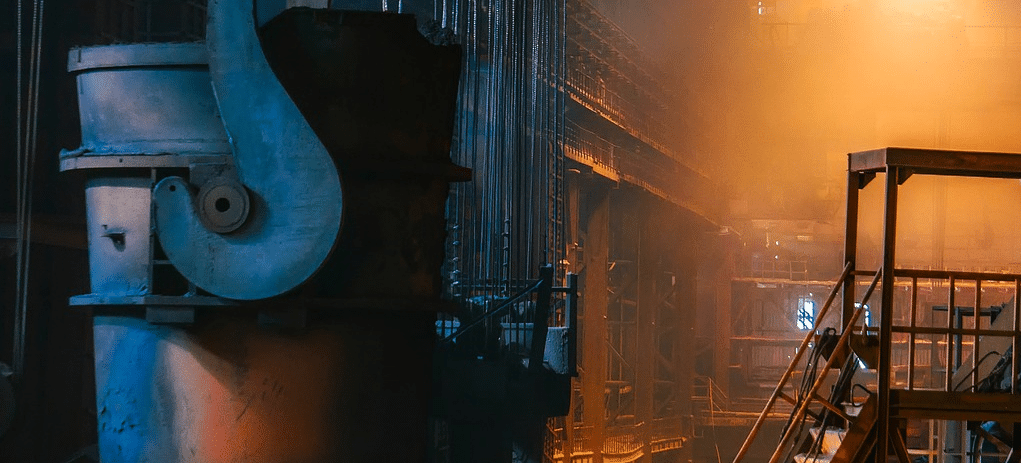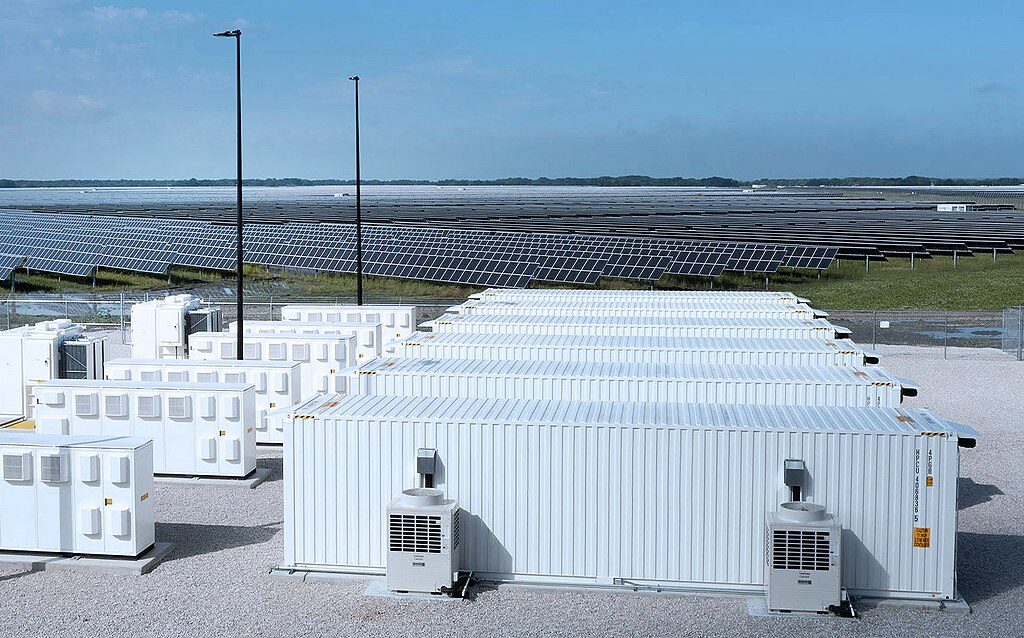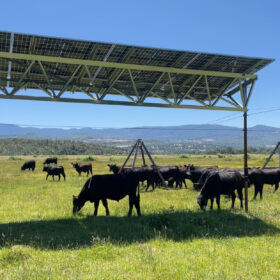The group that filed the last successful Section 201 trade complaint has thrown its support behind the current SolarWorld/Suniva petition pending before the U.S. International Trade Commission (USITC).
The Steel Manufacturers Association (SMA) sent a letter to the commission, begging them to find in favor of the two solar manufacturers (Suniva is bankrupt; SolarWorld has put its Oregon manufacturing plant up for sale), saying international competition is destroying U.S. manufacturing jobs the way it nearly did to the steel industry.
It should be noted that the biggest steel consumers in the U.S. solar industry – the mounting and racking manufacturers – have come out strongly against the petition.
“Relief from these imports is imperative,” the letter says. “For the steel industry, the temporary Section 201 relief provided critical stability at a time of crisis. The U.S. solar industry desperately needs similar breathing room. As the backbone of the solar industry in America, domestic cell and module production must not be lost to foreign imports. These core competencies must be allowed to grow and thrive.”
According to the press release announcing the letter (this specific information is not on the SMA’s website) the steel association represents 30 North American producers, collectively accounting for about 75% of all steel production in North America. The release also claims SMA members employ more than 60,000 workers in the United States, Canada and Mexico.
“We are grateful that the Steel Manufacturers Association has tapped its experience in fending off the effects of unfair trade to provide us support in our own struggle,” said Juergen Stein, president of SolarWorld Americas. “The solar-panel manufacturing industry, like steel, is an industry worth fighting for in light of its importance to our economic future.”
In testimony before the USITC, SolarWorld and Suniva presented evidence that nearly 30 U.S. producers have closed since 2012. They also said that between 2012 and 2016, imports into the United States from all countries increased nearly five-fold, led by China.
“The decision by the SMA to side with petitioners in this trade case is unfortunate,” said Abigail Ross Hopper, president and CEO of the Solar Energy Industries Association, which opposes the SolarWorld/Suniva petition. “As evidenced in our Profiles in American Solar Manufacturing, hundreds of millions of pounds of American made steel are used in racking and mounting systems that are literally the foundation of the solar industry. Much of that business will be lost completely to American steelmakers, if the petitioners get the relief they have said they want.”
“This is a case of biting off their nose to spite their face,” Hopper added. “The petitioners are doing everything they can to deflect attention from the fact that they made bad business decisions, during the biggest boom in American solar energy history. They are now being largely controlled by their creditors who are looking for a bailout from their investments in poorly run companies. Plain and simple, these companies are not worthy of an injury finding.”
While the steelmakers’ Section 201 trade complaint was indeed successful in 2001, leading to tariffs between 8% to 30% on steel imports, what the success ultimately meant for the industry is in dispute. According to a 2003 report commissioned by the Consuming Industries Trade Action Coalition (CITAC) Foundation titled “The Unintended Consequences of U.S. Steel Import Tariffs: A Quantification of the Impact During 2002,” the trade complaint had the following economic effects:
- 200,000 Americans lost their jobs to higher steel prices during 2002. These lost jobs represent approximately $4 billion in lost wages from February to November 2002.
- One out of four (50,000) of these job losses occurred in the metal manufacturing, machinery and equipment and transportation equipment and
parts sectors. - Job losses escalated steadily over 2002, peaking in November (at 202,000 jobs), and slightly declining to 197,000 jobs in December.
- More American workers lost their jobs in 2002 to higher steel prices than the total number employed by the U.S. steel industry itself (187,500 Americans were employed by U.S. steel producers in December 2002).
- Every U.S. state experienced employment losses from higher steel costs, with the highest losses occurring in California (19,392 jobs lost), Texas (15,826 jobs lost), Ohio (10,553 jobs lost), Michigan (9,829 jobs lost), Illinois (9,621 jobs lost), Pennsylvania (8,400 jobs lost), New York (8,901 jobs lost) and Florida (8,370 jobs lost). Sixteen states lost at least 4,500 steel consuming jobs each over the course of 2002 from higher steel prices.
These effects are similar to what at least two studies of the potential effects of the SolarWorld/Suniva trade petition might have on the U.S. solar market. The two petitioners dispute those findings, saying a favorable decision would in fact create 114,800 solar jobs.
The USITC has said it will issue a ruling deciding whether injury has been done to the solar manufacturing industry on Sept. 22, with a final report delivered to President Donald J. Trump on Nov. 13.
Suniva filed for bankruptcy on April 18 and filed trade complaints against its international competitors under Sections 201 and 202 of the Trade Act of 1974 with the ITC eight days later. It asks for “global safeguard relief” from imports of crystalline silicon solar PV cells and modules. SolarWorld joined the complaint a month later.
Update: This article was updated at 10:11 am EST on 9/6/17 to include SEIA’s response from Abigail Ross Hopper, SEIA’s president and CEO.
This content is protected by copyright and may not be reused. If you want to cooperate with us and would like to reuse some of our content, please contact: editors@pv-magazine.com.








I’d love to know how this petition will create more jobs when a cell fab is pretty much fully automated. If you break it down by top manufacturers, there’s an average of 1.2 employees per MW produced at the cell level, meaning we’d have to see 95GW of capacity to reach those manufacturing job numbers.
I’m obviously not taking into account ancillary jobs created but thats not SolarWorld/Suniva’s argument.